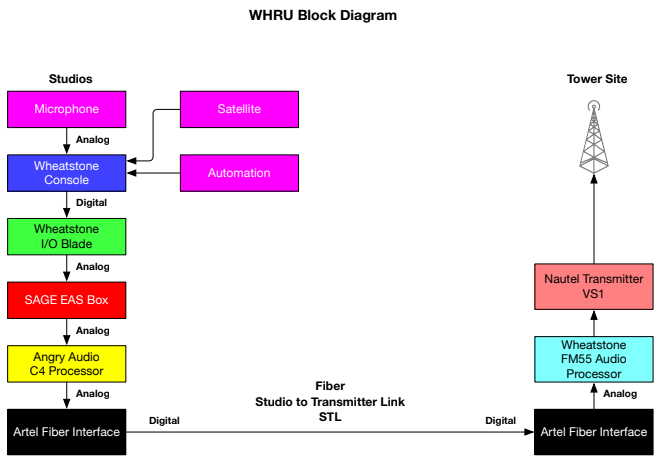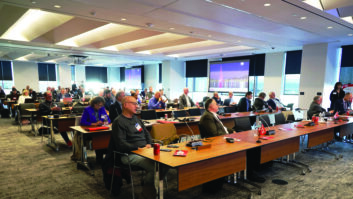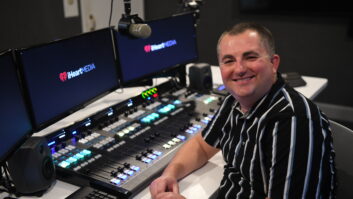Mike Pappas, vice president of business development for Orban Labs Inc., will address the topic “Why Worry About Your Air Chain?” on Sunday April 14 during the NAB Show’s Broadcast Engineering & IT Conference.
Isn’t the answer to the question obvious? Well, not always.

“We’ll be talking about the importance of taking a critical listen to your air chain from microphone through to the transmitter,” Pappas said, “an ‘audio audit,’ as it were.”
He notes that engineers famously are overworked these days, doing everything from fixing leaks in the restroom to paper jams in the copier. But audio is the station’s key product and most important asset.
Pappas will discuss what he has seen and learned during his many station visits.
“The number one problem is having insufficient AGC drive in the processors, followed closely by cascaded processors,” Pappas said. “This can create real problems in your audio, ranging from a muddy sound to way too much compression.”
But he has come across many other problems. He rattles them off: “Unnecessary multiple D to A to A to D conversions in the air chain. Improper gain staging/clipping. Poor board op training. Wiring phase reversals. Bad mic preamps. Wrong mic selection for the announcers/room acoustics. STL problems including interference,” he said.
“Also issues with the FM exciter or transmitters. Improper antenna and combiner tuning, which degrades analog FM performance. And, on the AM side, incorrect tuning of the phasor/tuners, with sufficient symmetrical bandwidth.”

Pappas says poor engineering practice can impair a station’s performance on the Nielsen Portable People Meter.
“PPM encoding needs the cleanest, highest density audio to maximize ‘endcodeability,’” he said.
“If your air chain has problems, your PPM encoder isn’t going to be doing the job it should. This could mean under-reporting of your actual listenership, which can ultimately result in lower revenues for your station when you don’t show up as well in the ratings.”
Any use of PPM “enhancers” should be judicious; if they’re turned up too high you may generate objectional artifacts that clobber your TSL by driving your listeners away.
Pappas also recommends that you listen to every part of your air chain with a good set of closed-back headphones.
“Some things may not be working up to their potential — and you may find that some things aren’t working at all. And don’t forget the microphones.”
Because air chain problems come in all flavors. “I have found multiple compressor/limiters cascaded and hiding in closets, under bundles of cables and in telco closets,” Pappas said. “In one instance they were running a combined 40 dB of total compression! Needless to say, the station didn’t sound good.
“And there was the AM transmitter site that was wired Pin 3 hot. And another that had the feed to the backup transmitter with the polarity reversed. And then there was the resident alligator at one AM site. They nicknamed him Nicodemus. …”












